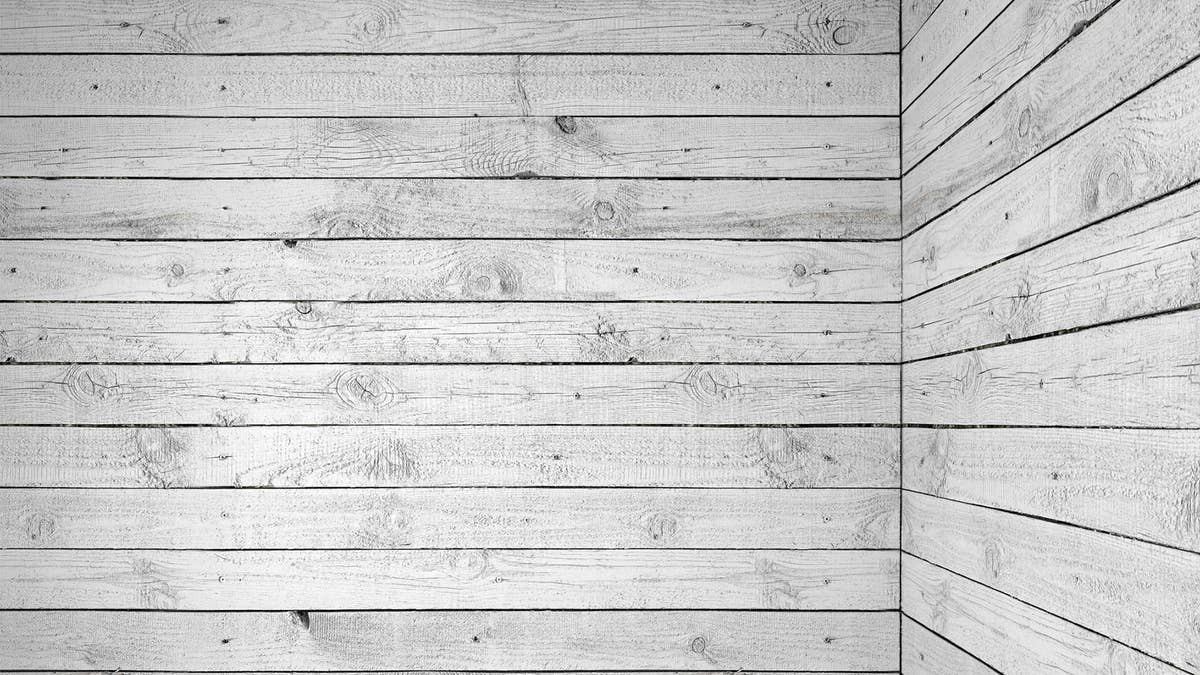
shiplap (Evgeny Sergeev)
One of the hottest trends in wall decoration might be a term you've never heard of. Fortunately, we're here to save you from embarrassing yourself in front of your design-savvy peers by blurting, "What is shiplap?"
This horizontal pattern of interlocking wooden boards was traditionally used to build sheds and barns (but not ships, in spite of its name). Long seen as cheap weatherproofing, shiplap is now being used by designers to cover interior walls.
Here's everything you need to know about shiplap.
How did shiplap become so popular?
Shiplap became all the rage thanks to HGTV's "Fixer Upper," a home design show hosted by Chip and Joanna Gaines. The Texas-based couple have used the stuff in many of the homes they renovated, and the look caught on from there. It's not hard to see why -- shiplap has a lot going for it as a way to add rustic chic for cheap.
"People are seeing more and more of it in magazines and on TV, because it is reminiscent of a simpler time," says interior design expert Danielle Driscoll of Finding Silver Pennies.
Shiplap also adds subtle texture to walls without going overboard, giving a clean-but-not-boring backdrop to a room. And this simplicity makes shiplap versatile and able to complement a number of styles.
"Neutral decor is very popular, and you can get a very neutral look with shiplap, with its horizontal lines," Driscoll adds.
How to install shiplap
Installing shiplap onto an interior wall is easy, because the grooved boards interlock. Just start at the bottom, screwing the first board in place.
"Once you've put the bottom piece onto your wall, everything sits on top," says Driscoll. "Just slot in place."
Before installation, however, Driscoll recommends priming the wood then painting, since it's easier to do these steps before the boards are on the wall.
While shiplap is usually installed horizontally and painted white, there are many other possibilities. According to Driscoll, shiplap can also be used untreated, stained, or washed with another color. It can also be used vertically to make a low-ceilinged room look taller.
"Particularly painted white, it can make a space look bigger and more inviting," she says.
After installing shiplap in her home, Driscoll added a nautical theme complete with a "Sea Side" sign on the wall. But she doesn't think people interested in it should feel limited.
"It really works well with any decor: coastal, shabby chic, farmhouse, modern, and industrial," she says. "Shiplap gives an old-world, charming look to any home."